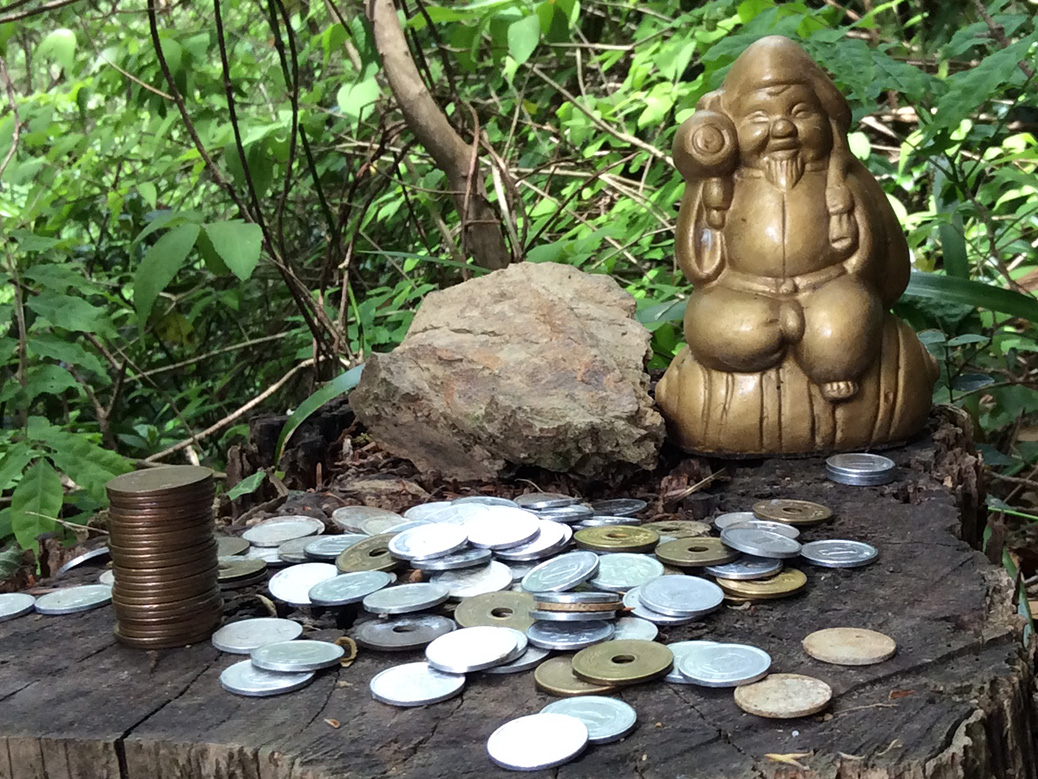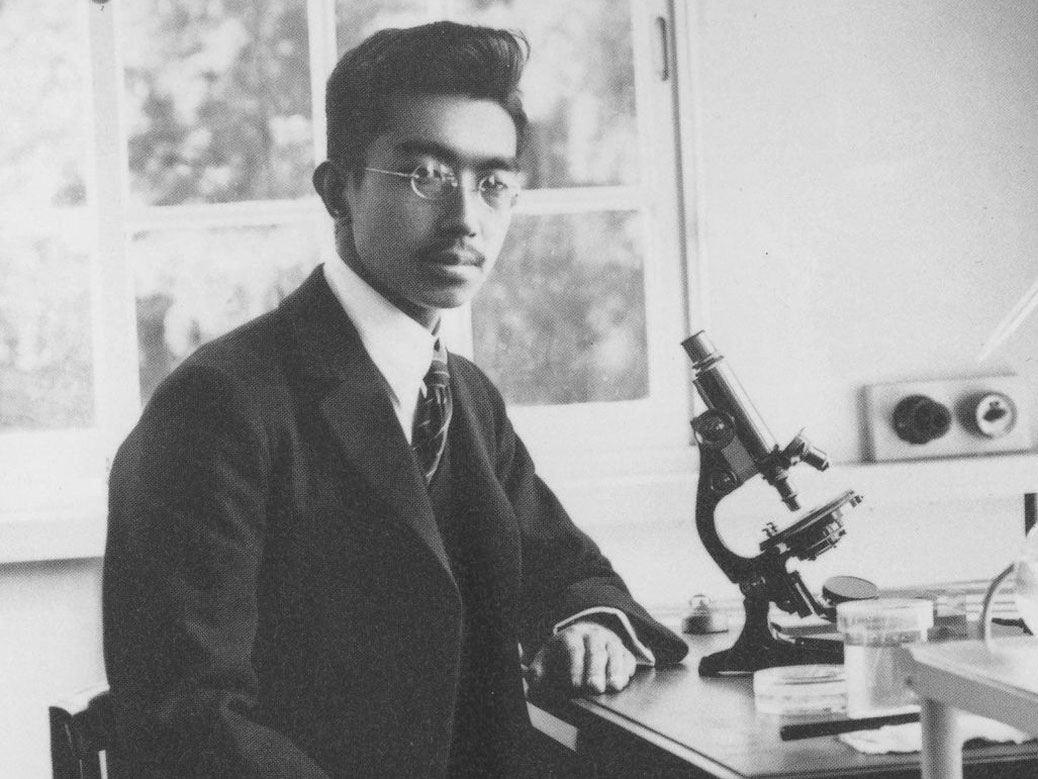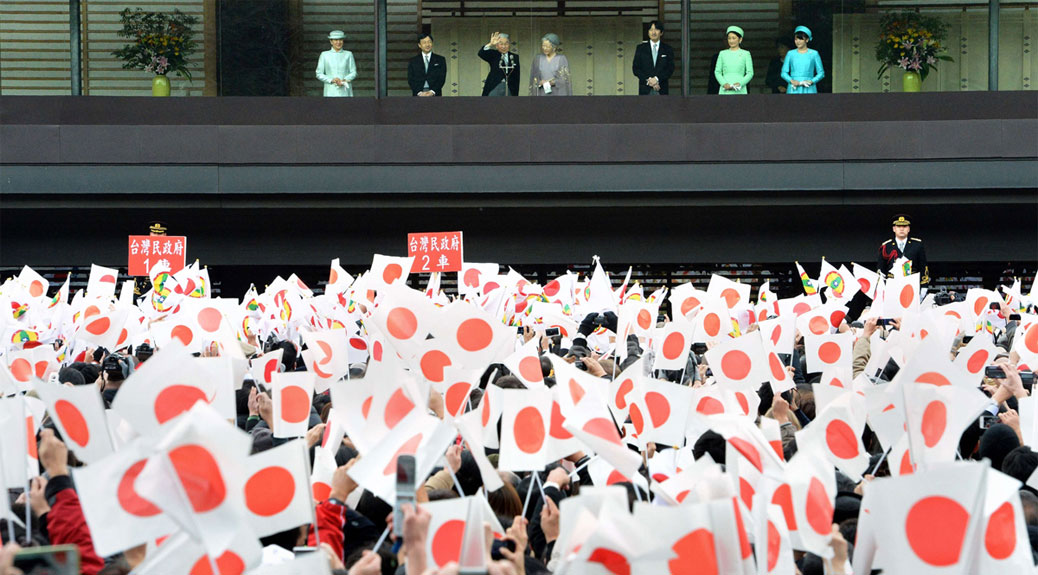There’s only one thing anybody wants to know right now…
Did you do anything for Golden Week?
I’ll concede there’s a small chance this topic is only relevant among people living in Japan and, if it’s coming up in English, it’s only a hot topic among 0.01 percent of the population. But hey, that’s my demographic!
UN Farmers Market and Cinco de Mayo
We started our Golden Week with a weekend trip into Tokyo to visit one of our favorite farmers markets and hit up the Cinco de Mayo Festival at Yoyogi Park.




Chichibu’s Hitsujiyama Park
Chichibu is our favorite place for outdoor adventures in Japan. It’s about an hour away by train and is usually pretty quiet. However, during Golden Week, thousands of people descend on the otherwise sleepy town to see the shibazakura or mountain phlox at Hitsujiyama Park.
Video: Mountain Phlox in Chichibu











Koburi Pass
We milked every last second out of Golden Week, heading out on the last day of the holidays to nearby Hanno for some hiking. We found a very non-touristy spot called Koburi Pass. We befriended a couple of older Japanese ladies at the train station, one of whom nearly missed the train when she went upstairs to get us some local sightseeing pamphlets.











How did you spend Golden Week? Leave a comment below!






